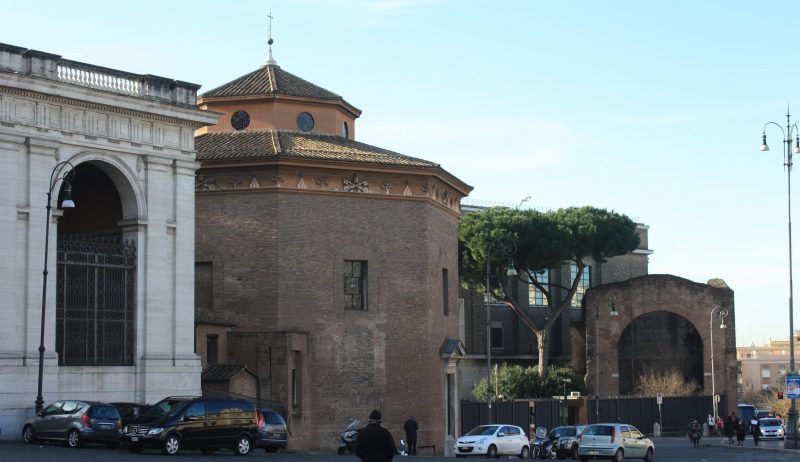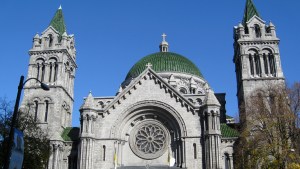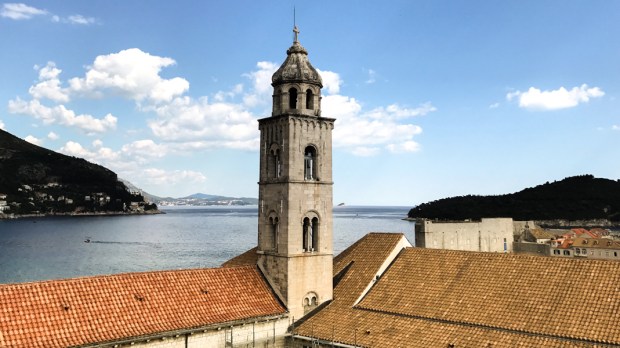Sometimes the best way to locate the nearest Christian church is to drive around until you see a large steeple or tower jutting out above all the other buildings. It is one of the clearest indicators of a Christian church and one of the oldest features of church architecture.
In fact, it has become so ingrained into Western culture that many of us couldn’t imagine a church without a steeple.
But why do churches have steeples in the first place? What is their purpose?
In church architecture steeples and towers are essentially the same thing. They are vertical structures built on the side, front, back or top of a church and soar above any other nearby building.
At first these buildings were separate towers and often contained a small chapel at the bottom known as the baptistry. This is where catechumens in the early Church would be baptized. One of the best known examples of this type of building is the baptistry located at St. John Lateran in Rome.

Then over time there developed a need to house church bells to call the people to prayer. Church towers were an easy choice because of their height and ability to transmit sound to a large area.
The spiritual significance of these structures come straight from the Bible. The Psalmist speaks about God as a tower, saying, “Raise me up, set me on a rock, for you are my refuge, a tower of strength against the foe” (Psalm 61:3-4).
Again in Proverbs we read, “The name of the Lord is a strong tower; the righteous man runs into it and is safe” (Proverbs 18:10).
Towers and spires were also used to spiritually point people towards Heaven, which was traditionally thought to be located in or above the sky.
Also, ancient people believed that God could be more easily reached on high places, and this was reinforced in the Christian tradition with the story of Moses receiving the 10 Commandments on Mount Horeb as well as Jesus’s Transfiguration that took place on Mount Tabor.

Read more:
Planning to scale a mountain? Don’t forget to do this
As steeples continued to be developed, they were also used to distinguish cathedrals and more important ecclesial buildings from smaller country parishes. Basically, the bigger the steeple, the more important the church was. There is no doubt that various architects kept this in mind and tried to make their steeples the biggest in the area.
Steeples were also used to remind a local community to remain focused on God. Other secular buildings were usually built lower than the church steeple, making the local church the highest and most important building of the town. You couldn’t go anywhere in town without seeing the steeple and as a result be reminded about your duty to God.
Fun fact: The tallest church in the world is Ulm Minster, with a steeple measuring 530 ft, while the tallest cathedral in the world is the Cologne Cathedral with a height of 515 ft.

Read more:
Look up! The spiritual reason why churches have domes

